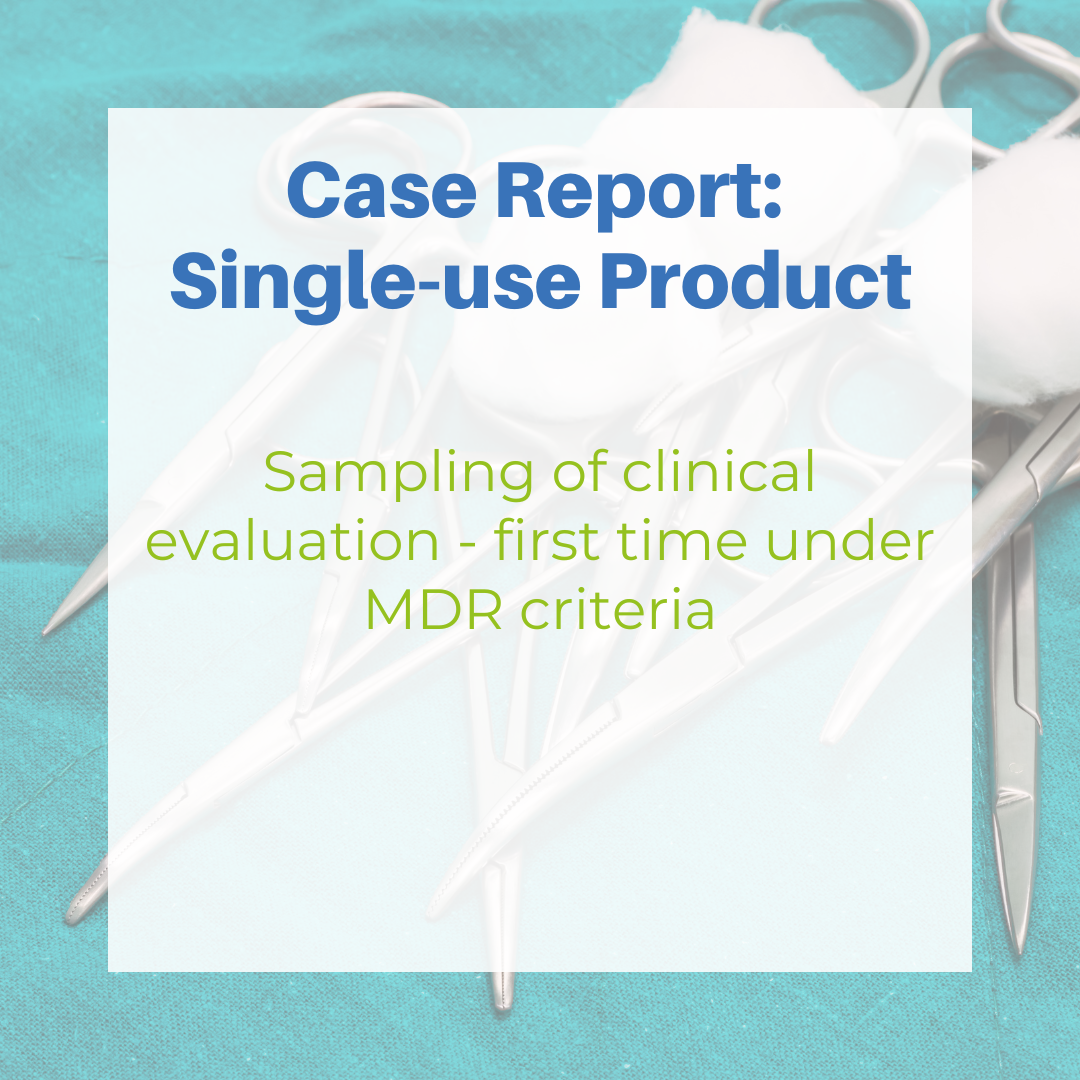Clinical Evaluation
Medical devices must be safe and effective. To prove this, a clinical evaluation is required. The clinical evaluation is required by both the European Medical Device Regulation (Medical Device Regulation, MDR) 2017/745 and the still valid EU Directive for Medical Devices (93/42/EEC, Medical Device Directive, MDD). This applies to every medical device regardless of its risk class, and to all medical devices from all manufacturers. In addition, a post-market clinical follow-up (Post-Market Clinical Follow-Up, PMCF) is required. The clinical evaluation is an essential part of the conformity assessment procedure for CE marking of medical devices and must be carried out to ensure approval and allow placing on the market.
With us you:
- Save money by checking if clinical studies are necessary.
- Achieve faster certification through fewer corrections.
- Get "Sustainable" - comprehensive, consistent - better concept and less vulnerable with auditor change.
- Reduce restlessness and have less stress in the organization due to a clear line of action in the process.
- Get higher safety through a comprehensive strategy and approach.


